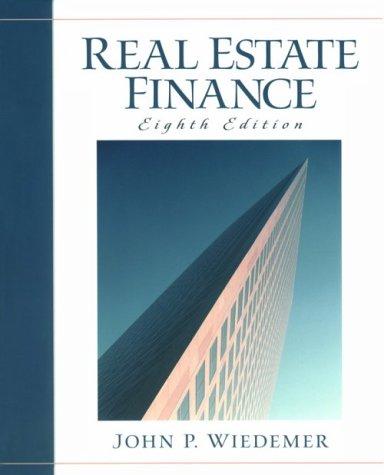Question
5. Which of the following is the factor leading to credit crunch? a) When collateral value is decreasing b) Excess amount of credit available in
5. Which of the following is the factor leading to credit crunch?
a) When collateral value is decreasing
b) Excess amount of credit available in an economy (credit bubble)
c) Unexpected change in government regulation raising capital requirement
d) Abrupt increase in insolvency risk in banking industry
e) All of the above
6. Which of the following relates to the adverse selection problem related to the banking industry?
a) Bank A invested heavily into a high-tech industry with the expectation that government will eventually bail it out in case of insolvency (from depositors
points of view)
b) Bank B has a poor risk-evaluation team to screen the sub-prime borrowers (from Bank Bs points of view)
c) Bank C expected that they can sell the loans via securitization to arrangers and thus grant loans to sub-prime borrowers (from the arrangers point of view)
d) Bank D expected that they can sell the loans via securitization to arrangers andthus grant loans to sub-prime borrowers (from the current depositors point of view)
e) band c
7. Which of the following is NOT correct?
a) Foreign subsidiary banks are locally incorporated banks in the target market with local employees
b) Correspondent banking form is appropriate when a bank is not wish to have full banking presence in a foreign target market
c) Agencies are able to take deposit but not allowed to make loans to the borrowers
in the target market
d) Compared to foreign subsidiary banks, foreign branch banks are less exposed to the home resistance
e) a) and c) of the above
Step by Step Solution
There are 3 Steps involved in it
Step: 1

Get Instant Access to Expert-Tailored Solutions
See step-by-step solutions with expert insights and AI powered tools for academic success
Step: 2

Step: 3

Ace Your Homework with AI
Get the answers you need in no time with our AI-driven, step-by-step assistance
Get Started


